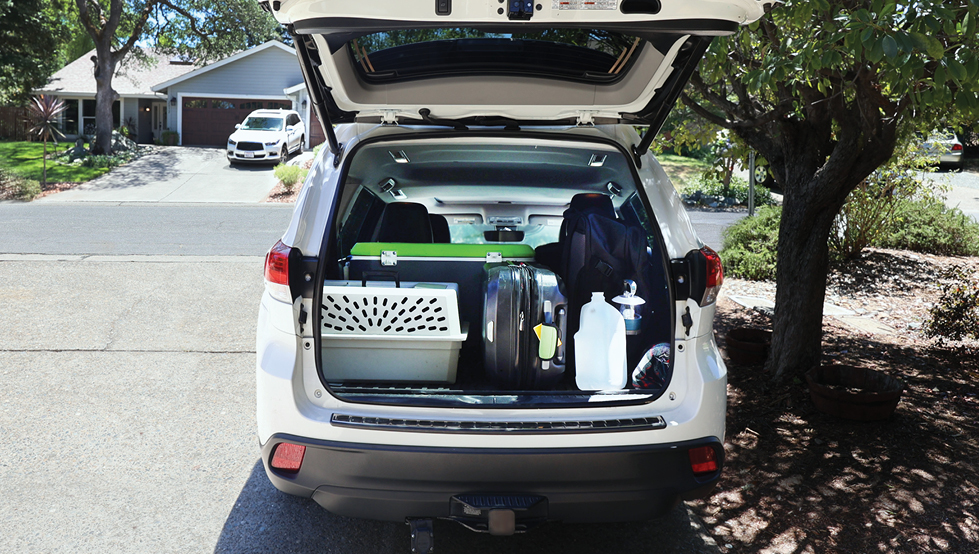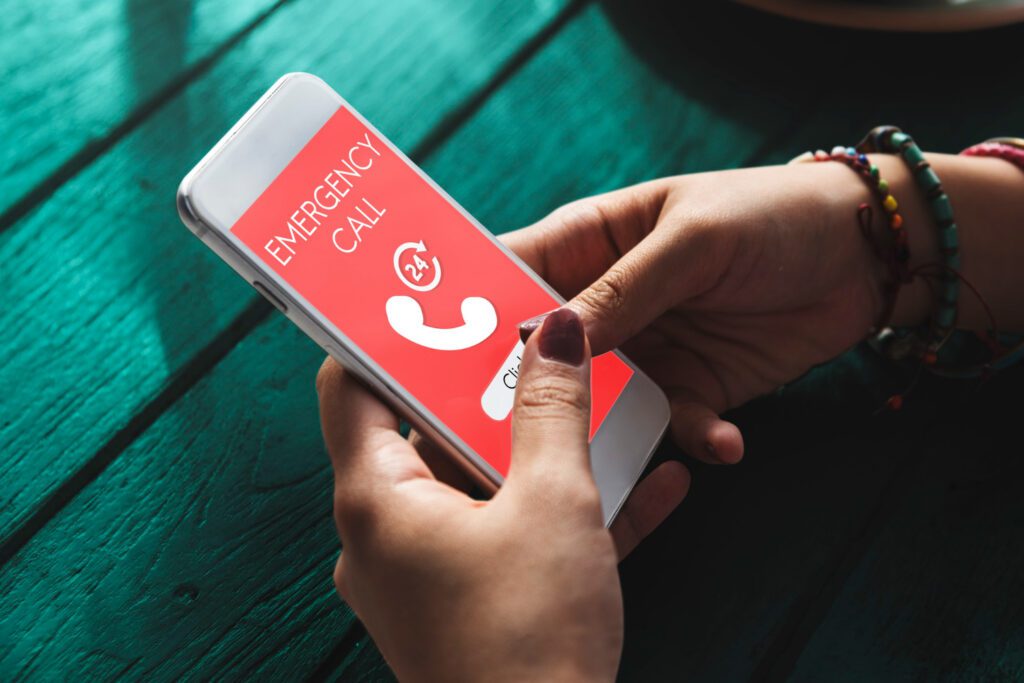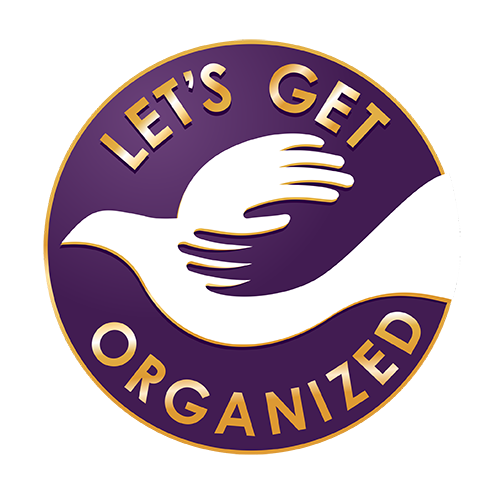You’ve Evacuated, Now What?
Staying Safe and Calm in the Aftermath
Introduction
Emergencies often don’t end when you’ve left your home. Once you’ve evacuated, you’re faced with the challenge of navigating uncertainty while keeping yourself and your loved ones safe. Knowing what to do next can make all the difference in how well you cope with the situation.
If you’ve evacuated and are wondering “what now?” here’s a practical guide to help you stay prepared and safe during the aftermath of an emergency.
Essentials
to Keep in Your Car
When evacuating, your car can quickly become your lifeline. Ensuring it’s stocked with essentials ahead of time can make the experience much more manageable.
Here’s what to keep in your car for emergencies:
- Water and non-perishable snacks: Enough for every person in your family for at least 24 hours.
- Blankets and warm clothing: Nights can get cold, even in warmer climates.
- First aid kit: Include bandages, antiseptic wipes, pain relievers, and any essential medications.
- Flashlight and extra batteries: A reliable light source is critical when you’re on the road or in the dark.
- Phone chargers and power banks: To keep your devices charged and connected.
- Personal hygiene items: Wet wipes, hand sanitiser, and toilet paper can go a long way.
- Basic tools: A multi-tool, duct tape, and a tire repair kit can be invaluable.
- Important documents: Keep IDs, insurance papers, and medical records in a waterproof folder or use a tool like Trustworthy to store digital copies securely.

What to Look Out for When
Evacuating
Evacuations can be stressful, but staying alert and informed will keep you safer. Here are a few key things to watch for:
- Traffic patterns: Major roads and highways may become congested during an evacuation. Use navigation apps to find less crowded routes.
- Weather conditions: Keep an eye on real-time weather updates, as conditions can change quickly.
- Hazards on the road: Be cautious of debris, fallen trees, or downed power lines that could make driving dangerous.
- Emergency alerts: Pay attention to alerts from local authorities about evacuation zones, shelters, or unsafe areas.
Pro Tip: If you’re unsure about road conditions, pull over to a safe spot and wait for updates. Your safety is the top priority.
Who to Contact in Case of Emergencies

Having a clear list of contacts can make a world of difference in an evacuation scenario. Make sure you have these contacts saved in your phone and written down on paper as a backup:
- Local emergency numbers: Police, fire department, or disaster response teams in your area.
- Out-of-town family or friends: Designate someone as your primary emergency contact to keep updated on your status.
- Insurance providers: For any claims related to your home, vehicle, or belongings.
- Evacuation shelters: If you need a safe place to stay, check the locations of nearby shelters.
- Utility companies: To report downed power lines, gas leaks, or other utility issues.
Pro Tip: Use the NOK Box to organize and store emergency contact information and instructions, ensuring everything is in one place when you need it most.
Surviving in Your Car if You’ve Reached a Safe Spot
Sometimes, you may need to stay in your car for extended periods after evacuation. Whether you’re waiting for further instructions or unable to reach a shelter, here are some basics to help you get through it:
- Stay hydrated and fed: Ration your food and water carefully to ensure you have enough to last.
- Stay warm: Use blankets and layered clothing to retain body heat if it’s cold. If it’s hot, open windows slightly to allow for ventilation.
- Conserve fuel: Only run the car engine sparingly, especially if fuel stations are unavailable. Use it to charge devices or provide heat for short periods.
- Get comfortable: Recline seats and use pillows or extra clothing for support.
- Stay informed: Listen to emergency radio stations or check online updates (if you have cell service) to stay aware of the situation.
Keep visibility: Turn on hazard lights if you’re parked in a dark or isolated area to alert others to your presence.
Final Thoughts: Safety First, Always
Emergencies are unpredictable, but staying organized and calm after evacuation can help you navigate the uncertainty with confidence. From preparing your car to knowing who to contact, every step you take toward readiness can make a significant difference in your safety and well-being.
At “Let’s Get Organized,” we believe that preparedness is an essential part of living an organized life. If you’d like help creating an emergency plan or organizing your essentials, reach out to us—we’re here to guide you every step of the way.
Stay Safe. Stay Ready.
Let us help you get prepared for anything life throws your way. Contact us today for practical solutions that give you peace of mind in uncertain times.

author
Gayle M. Gruenberg
Gayle M. Gruenberg, CPO-CD®, CVOP, is the Chief Executive Organizer of Let’s Get Organized, LLC, an award-winning professional organizing firm based in Bergen County, New Jersey. Gayle is the creator of the Make Space for Blessings™ system. LGO works with busy families to help them find more time, space, money, and energy and connect their lives to their core values through being organized.
Note: A version of this article was originally published in the November 2020 edition of 24/Seven, the magazine of the lifestyle brand Change Your Attitude, Change Your Life.
